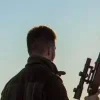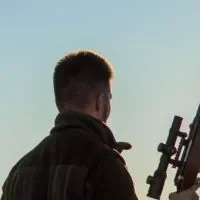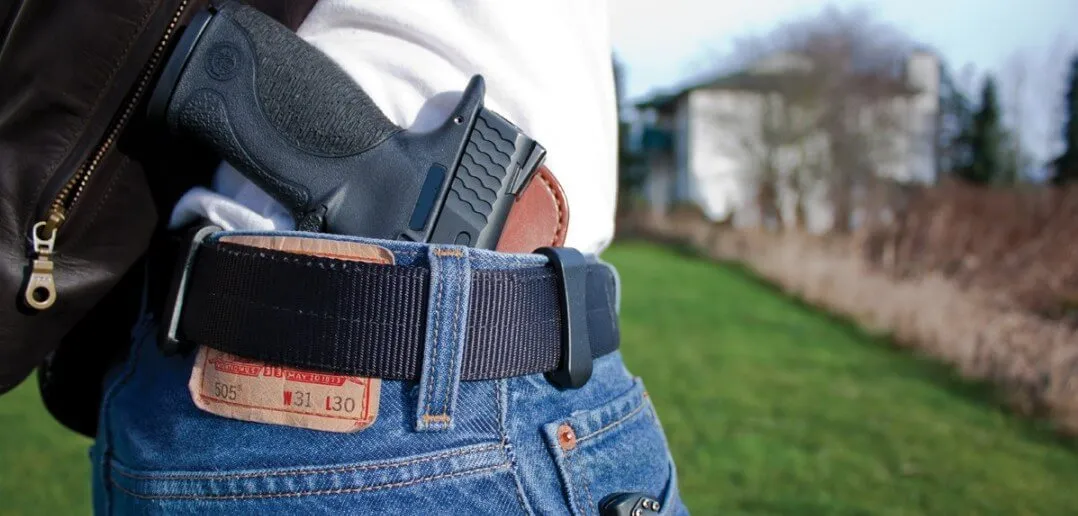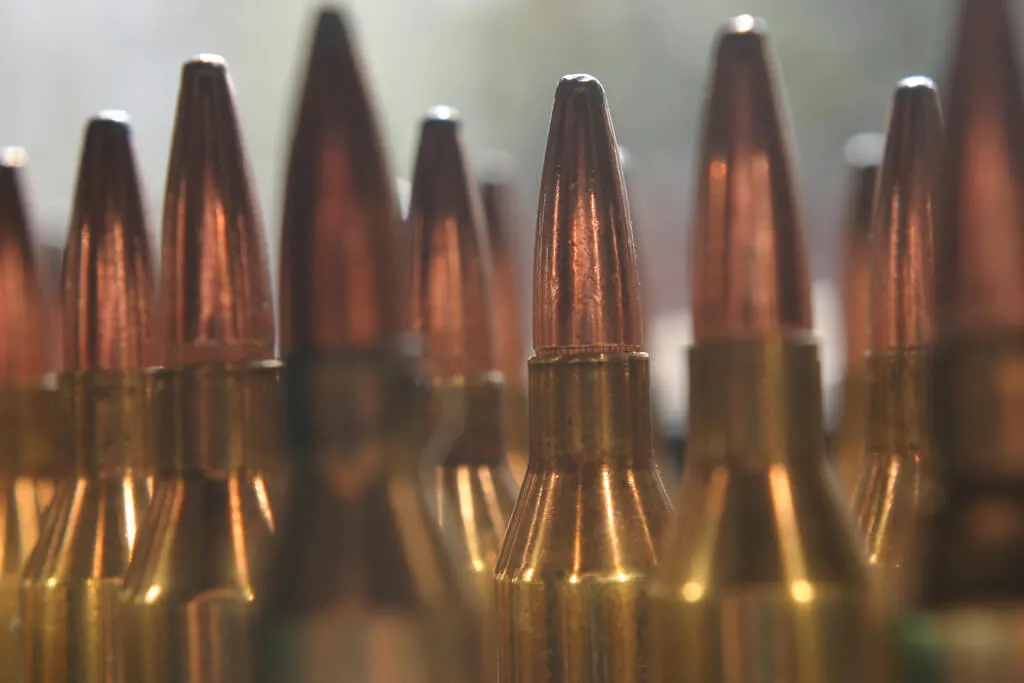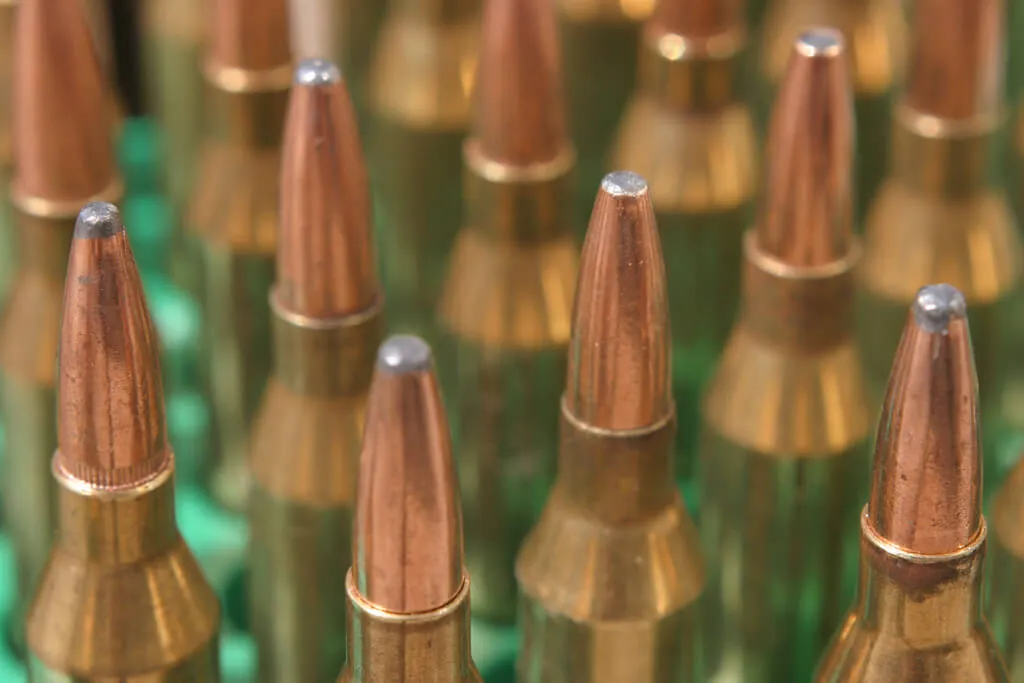Body Physiology
Understanding the body’s physiology must be understood before one sets up behind a rifle. It starts with our heart rate. This affects our whole body, especially the parts that touch the rifle, and hence the pattern of the crosshairs on the target. Our heart rate directly affects our breathing and thus the hold on the rifle. With a poor hold, we will experience muscle fatigue faster causing the muscles to tremble. How we breathe can lower our heart rates. The rule is: Relax! Be present with the target. Focus on steadying breathing to a normal relaxed state. Now we can clear our minds and focus on taking control of the shot. We can also control fatigue. Our fitness can greatly influence our ability to deal with fatigue, but more important is a good shooting form by taking advantage of our body to better support the rifle. The forearm should be vertical under the rifle, minimizing muscle use. The prone position requires you to lie in a relaxed flat position, with toes out so your feet are flat on the ground, making it easier to control fatigue. Focusing on each body part, ensure you are minimizing the use of muscles to hold your position. If you using muscles, you will begin to shake. Practice finding the position that allows the least movement, yet still allows the flexibility to work the action on the rifle. Try all variations until you find the one you can hold for hours without tiring. Now, remember the position of every body part, how it feels and where the rifle is resting in relation to your nose, as it is crucial to your sight alignment. Practice until it becomes second nature. During the practice also focus on what would need to change in the event you cannot shoot from a prone position, as some situations will warrant a change in body position.BONUS OFFER: Get your free shooting range targets to print at home!





